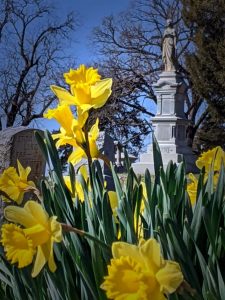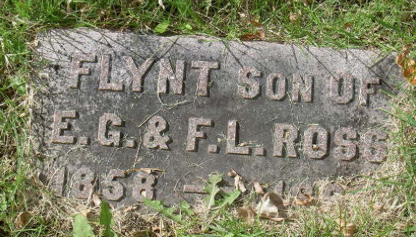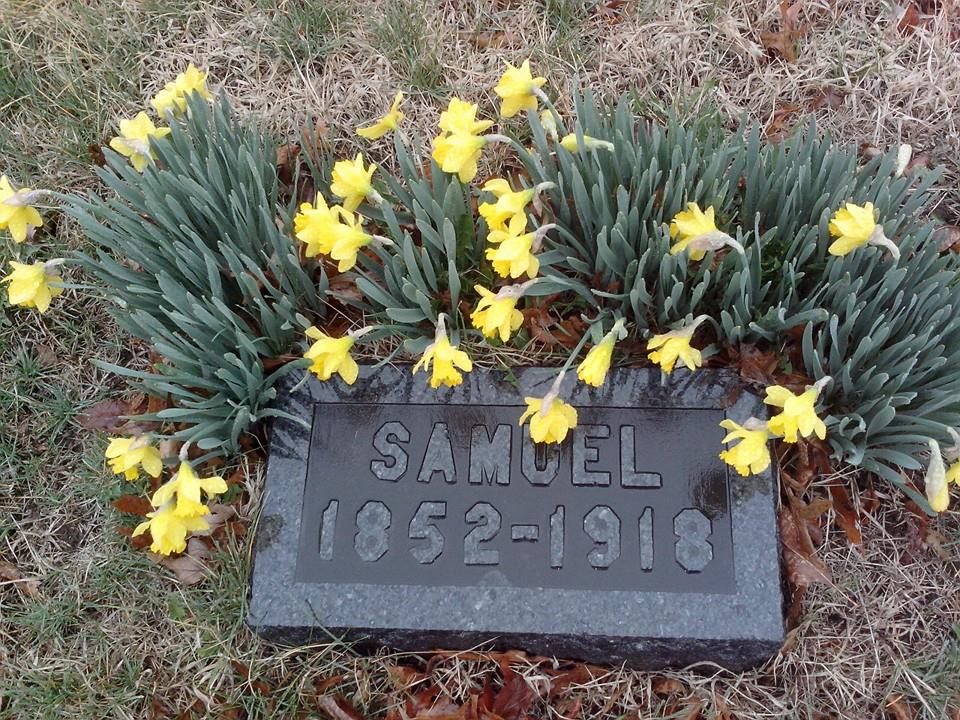
Join us for full moon yoga in the cemetery! We will meet at Mausoleum Row and yoga will be in the green space (not among the graves). Bring a mat and water. Yoga will be an all levels class led by Angela Lexow of The Yoga Space. $10 for yoga and a free full moon history tour after. All money goes to The Friends of the Historic Topeka Cemetery. If you only want to do the tour, bring $10 and arrive at 7:30.
A very special place

Historic Topeka Cemetery is a setting unlike any other in Topeka. The grounds offer an eternal view for those who shaped Topeka and Kansas from territorial days into the 21st century. The city skyline, with the Statehouse standing prominently in the center, can be seen from nearly every part of Topeka Cemetery.
On a rolling hillside east of downtown, Topeka Cemetery is an outdoor museum of stunning monuments that help tell the stories of the more than 35,000 people in our care.
We encourage you to visit, to take a stroll among the names familiar to you from street signs and businesses, and from family and friends, to reflect on the beauty of this spot and the lives of those who came before you.
READ MORE
Finding your loved ones
Topeka Cemetery has 80 acres that stretch from SE 10th Avenue to Interstate 70 and from Lafayette Street to California Avenue. Finding family members among the 35,000 souls who rest here can be a challenge.
Whether on your first visit or your 10th, it can sometimes be difficult to get to the right spot.
Enter Walk-to-Site. You can use your smart phone to guide you. Start by clicking on Search Records. Enter the name of the person you wish to find. On some phones, you may need to move the screen left to find the place to enter the last name.
If the person you seek doesn’t come up first, hit the “Next” button. That will scroll through the names that are similar.
If you get no results, try a different spelling or use just a first initial on the first name.
The large map will show you where you need to be, so you can drive to the general area before beginning your walk.
Please keep in mind that not every grave has a headstone. If you find no memorial, Topeka Cemetery is happy to assist you in finding the perfect tribute to your loved one.
More instruction is available on YouTube.
Raising headstones
The earth is always moving. Ground freezes and thaws over and over as the years go by. Because of this, flat flush ground markers sink.
Families are welcome to raise their own markers. You just need a shovel and a bucket of dirt. Adding gravel directly under the stone will slow future sinking, since it will help drain water away and keep the ground more dry.
If you would like to enlist Topeka Cemetery’s help with raising a flat headstone, a donation is requested, $25 for a single and $35 for a double. You can find a link to the donation page HERE.
The cemetery staff also can clean monuments and straighten and level upright stones. Please call the office at 785-233-4132; charges are specific to the work that needs to be done.
Join the Garden Club
The Friends of Historic Topeka Cemetery are organizing a garden club to help add beauty to the cemetery by planting and caring for several large garden plots and planters around the grounds.
Contact us here if you would like to be involved.
This will be a loosely organized group. Members may meet to plan garden spaces, or you can choose a spot to work on and just come by at your convenience.
Mausoleum Row has two large garden plots, and the area around the Garden Chapel has two areas that need to be developed.
You also can call the office at (785) 233-4132 for more information.
Points of interest
We consider ourselves an outdoor museum with hundreds of beautiful and interesting monuments! EXPLORE!

Friends of Historic Topeka Cemetery
The Friends have a mission to support Historic Topeka Cemetery in its efforts to preserve its grounds and buildings, promote Topeka and Kansas history, and educate Topekans on the legacies created by their forebears – the extraordinary and the ordinary, the famous and the infamous, the entrepreneur and the artist.
The Friends offer tours of the grounds, the Seance in the Cemetery and Ghost Tours in October; and Memorial Day and Veterans Day programs.
The Friends also are working to memorialize the hundreds of infants buried at Topeka Cemetery who have no markers on their graves. A donation of $125 buys a 16×8 inch granite marker with the child’s name and birth year. More information can be found on the Friends page.
JOIN THE FRIENDS! BE A PART OF MAKING HISTORY!




